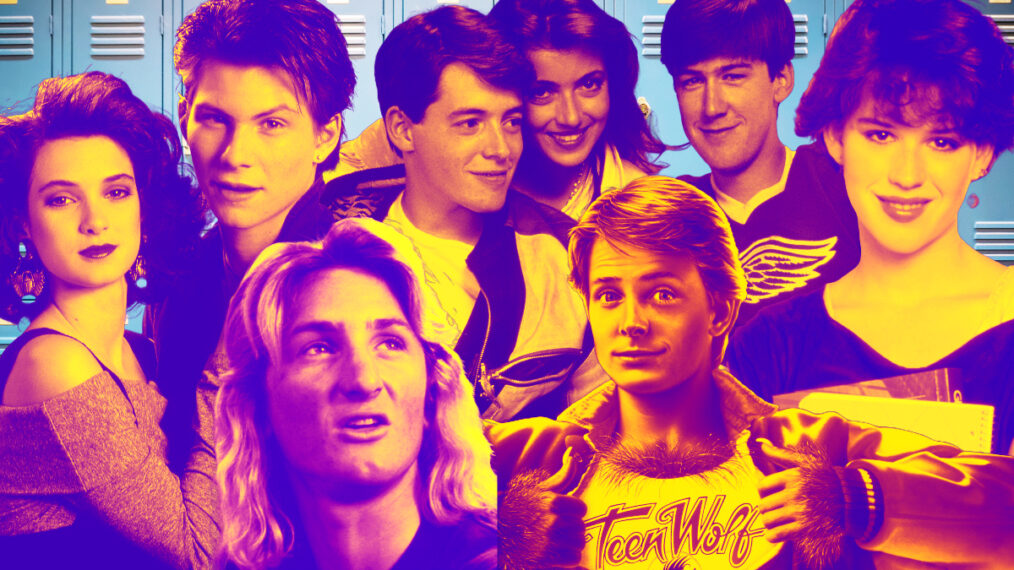We Are Still Melting With ‘Valley Girl’ & Its Totally Awesome Soundtrack
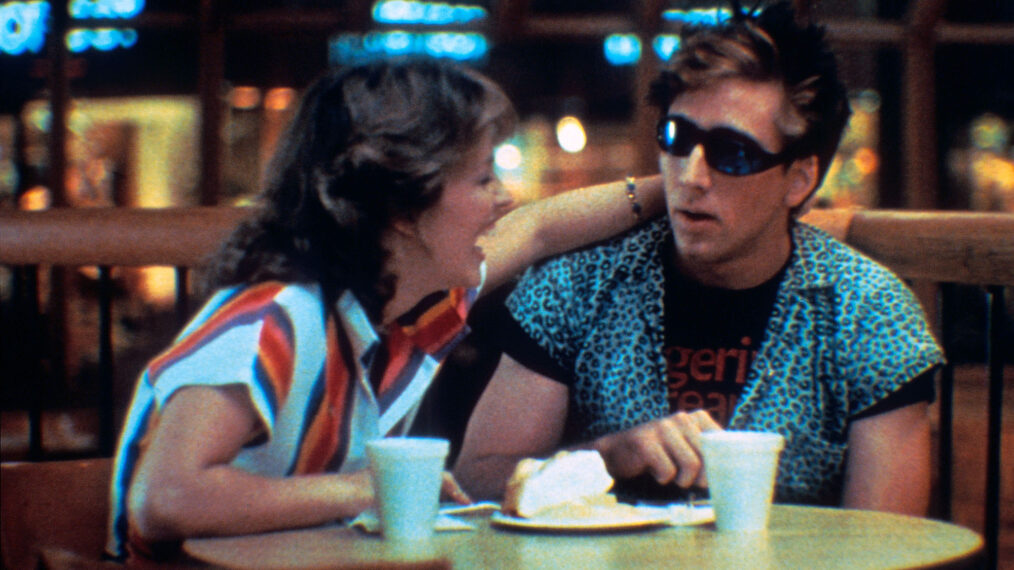
Within about an eight-month span in 1982-83, two very funny films were released that remain not only pitch-perfect time capsules of that era, but also feature human stories that are relatable to young people of any generation, with stories that mix in a bit of drama with the comedy to put them above some of the more traditional sex-obsessed teen comedies of the time — Fast Times at Ridgemont High, which premiered Aug. 13, 1982, and Valley Girl, which hit theaters on April 29, 1983.
Fast Times was directed by Amy Heckerling, and Valley Girl was helmed by Martha Coolidge, early feature films for both. Perhaps the fact that these films were directed by women contributed to the relatively deeper character development seen in both productions versus something like, say, Porky’s. While both movies do feature the occasional T&A expected from an early ’80s comedy, there are emotional insights in them, as well.
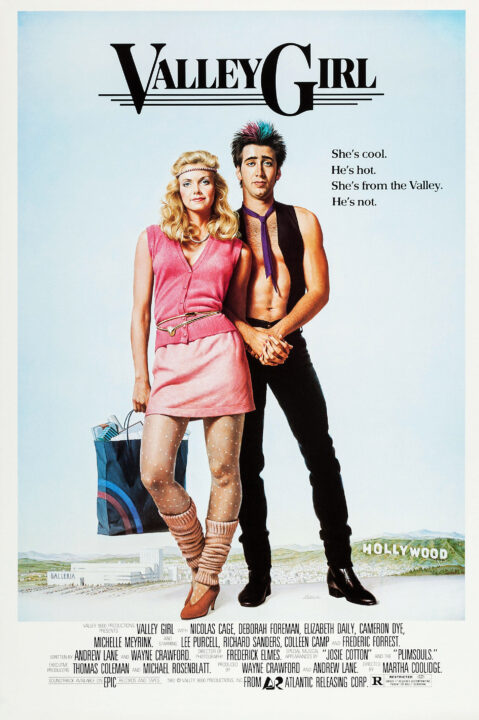
(Courtesy Everett Collection)
That is seen more so in Valley Girl, which largely follows two main characters while Fast Times manages to follow the lives of a number of its young characters. Valley Girl also borrows a very loose blueprint for its tale from Shakespeare’s Romeo and Juliet.
Here, the characters from two different worlds falling in love are from different areas and peer groups of L.A., not from rival families: punk Randy (Nicolas Cage), from Hollywood, and Julie (Deborah Foreman), the titular suburban girl from the Valley.
Cage and Foreman both deliver terrific, funny and very real performances in what were the first starring roles for them both (Cage also had a very minor appearance in Fast Times, where he had been billed as Nicolas Coppola).
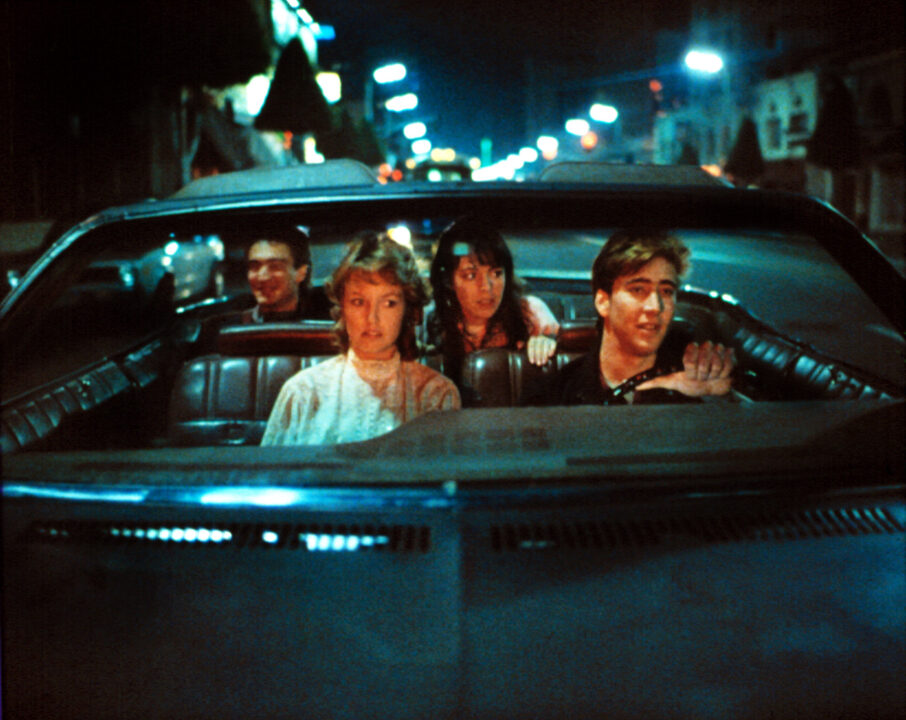
Atlantic Releasing Corp. Courtesy Everett Collection
The scene where Randy convinces Julie to leave a house party in the Valley and go to a Hollywood club with him is a particular standout for the actors. As they talk and stare more deeply into each other’s eyes (Cage and Foreman were dating in real life during the shoot, so it may not all have been acting), you can feel the passion and intensity rising right along with the strains of the Plimsouls’ “A Million Miles Away.”
The Plimsouls appear as themselves in that club scene. Josie Cotton also appears as herself during the prom scene, where she performs “He Could Be the One.”
Beyond those appearances, the film’s soundtrack also includes a parade of other great songs from the era. Modern English’s “I Melt With You” is notably featured during a romantic montage with Randy and Julie, with a reprise at the end (the film has a much happier conclusion than its Romeo and Juliet inspiration).
Among the other tunes prominently heard in the film are Bonnie Hayes’ “Girls Like Me” and a couple of Sparks songs (“Angst in My Pants” and “Eaten By the Monster of Love”), among many others.
This music not only enhances the story, but also puts Valley Girl right up there as having one of the top movie soundtracks of the early ’80s, along with Fast Times and The Last American Virgin (1982).
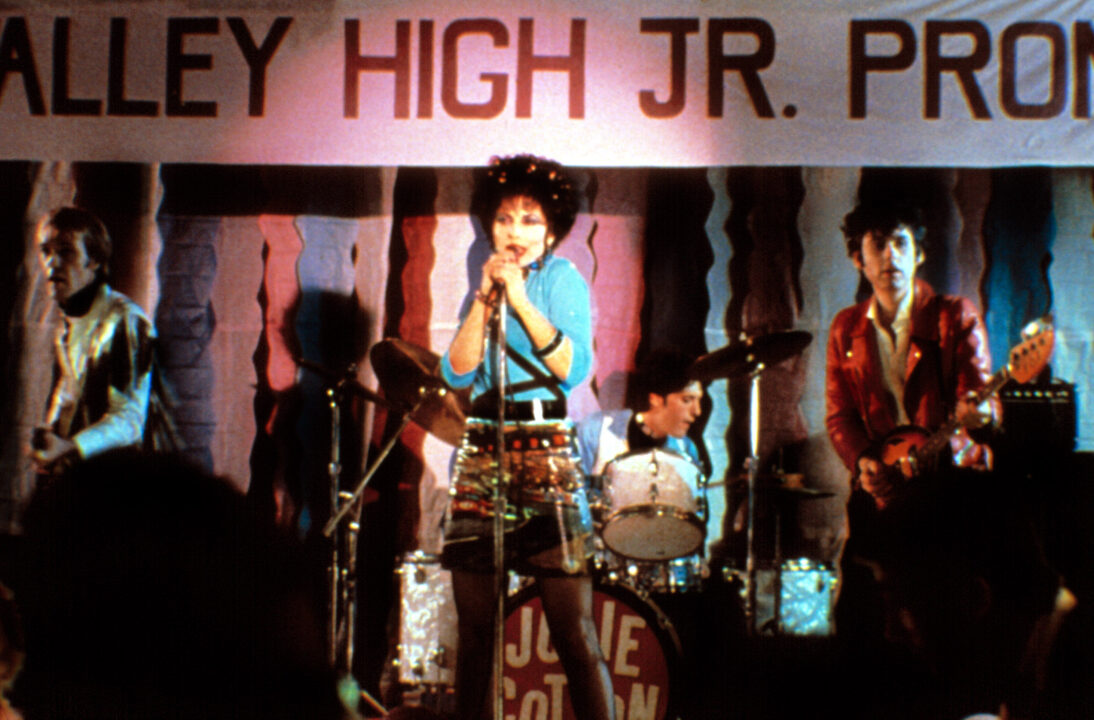
Josie Cotton as herself, performing at the prom in Valley Girl
The songs place Valley Girl firmly in its era, as do elements of its story; notably settings like the famed Sherman Oaks Galleria mall (also used in Fast Times), and, especially, its titular “valley girl” elements. The film was released near what was probably the end of national interest in the sort of style, mannerisms and slang among SoCal teen girls that first gained popular exposure in 1982 thanks to Frank Zappa and Moon Zappa’s song “Valley Girl” (the film has no relation to that).
While it would have been easy for the movie to pepper its screenplay with lots of “Totally” and “For sure” and mock these girls, Coolidge, and producers/screenwriters Wayne Crawford and Andrew Lane (who also produced the great 1984 sci-fi/horror cult classic Night of the Comet), take their characters seriously.
Neither the characters from the Valley nor Hollywood are made into a stereotypical cliche, for the most part. (One exception might be Julie’s ex-boyfriend, Tommy (Michael Bowen), who comes across as the standard sort of asshole seen in early ’80s comedies.) And neither Hollywood nor the Valley is depicted as being necessarily “better” than the other; this is not a typical “slobs vs. snobs” comedy one would expect in the late ’70s/early ’80s.
The Valley girl lingo is certainly heard throughout the film among Julie and friends like Stacey (Heidi Holicker), Loryn (E. G. Daily) and Suzi (Michelle Meyrink), but it is not forced; it pops up and flows naturally during the course of certain situations, as it would have among real teenage girls, helping bring us into the characters’ world instead of being there to make them look silly.
Even Julie’s parents (played by Frederic Forrest and Colleen Camp) are atypical parents in this kind of film; they are free spirits and former hippies who give Julie a relatively loose leash to experience life. And the teacher who introduces the prom king and queen hilariously throws things off when she goes off on a rather downbeat tangent recalling her own disappointing prom.
That sort of character treatment is ultimately what helps make Valley Girl still enjoyable and relatable in its story, and not quite as dated as other titles of that time, even given how it is quite obviously from now mostly gone, or at least radically altered, time and place 40 years in the past.
During its opening weekend in 1983, Valley Girl grossed about $1.9 million (just about $5.7 million in today’s dollars) and was No. 4 at the box office, behind No 1 Flashdance (in its third week), Something Wicked This Way Comes (another new release) and Tootsie (in its 20th week), and just ahead of No. 4, The Hunger (also new that week). Not too bad, considering that Valley Girl was released in under 500 theaters, and had a production budget of $350,000 (just over $1 million today).
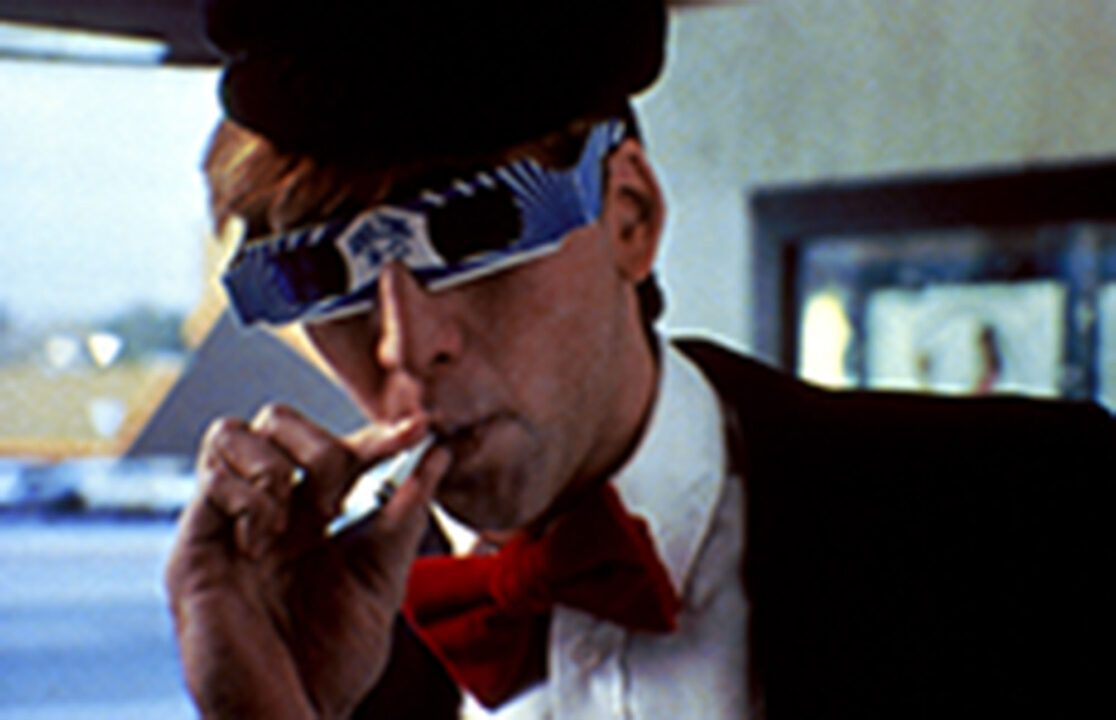
Atlantic Releasing Corp. Courtesy Everett Collection
Ultimately, Valley Girl grossed about $17.3 million at the box office (a bit over $53 million today), making it the No. 42 earner among the films of 1983 (sandwiched just below Max Dugan Returns and just above All the Right Moves.
But it is one of the more endearing and enduring titles from that year thanks to people continuing to discover or rediscover it over the ensuing four decades on video or premium cable, or through its soundtrack, or maybe even feeling compelled to seek it out after first seeing the 2020 musical remake.
While obviously a product of its time, the movie’s 1983 music, fashions and other trimmings do blend in naturally enough as part of its story that they help make the characters and scenarios feel real and not like some ’80s stereotypes.
They also allow viewers of generations old and new continue to enjoy, or discover, the charms of Valley Girl in ways that can feel simultaneously nostalgic and current — or even both — based on the viewer.
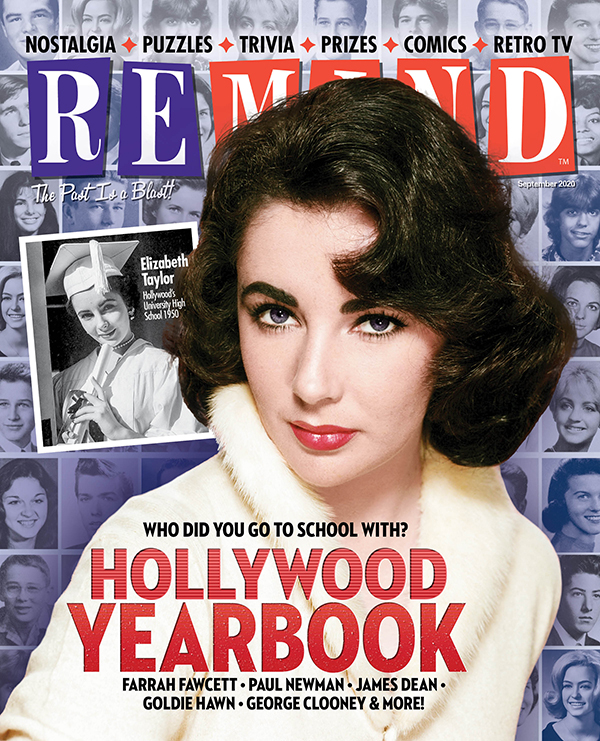
Hollywood Yearbook
September 2020
Take a look at Hollywoods most famous yearbook photos!
Buy This Issue
